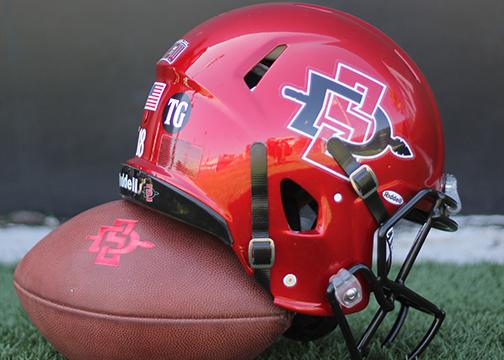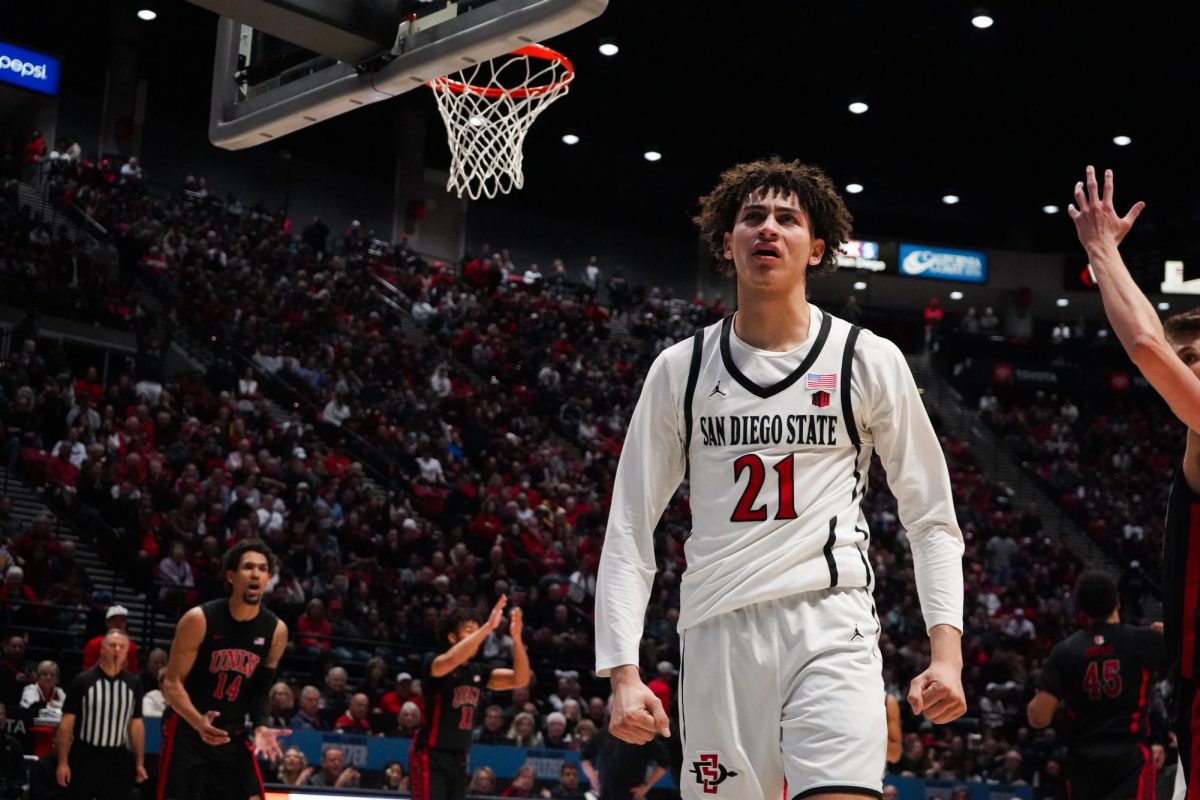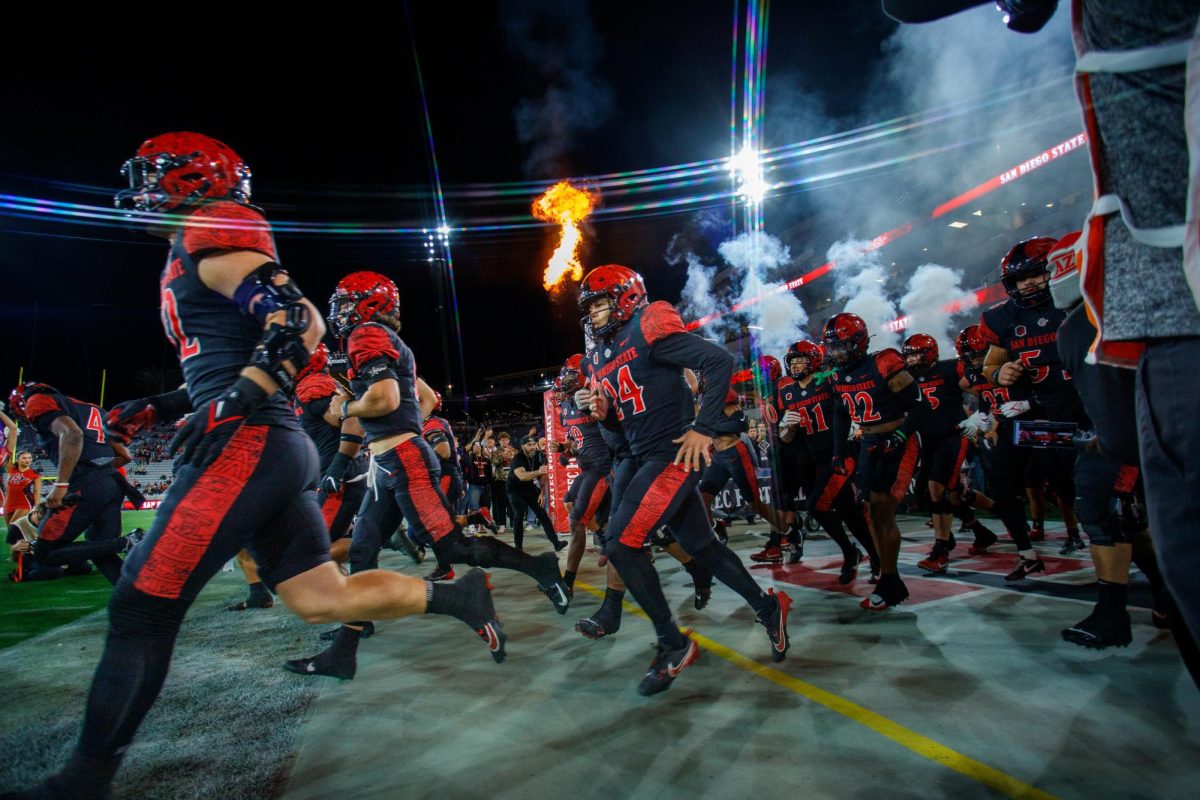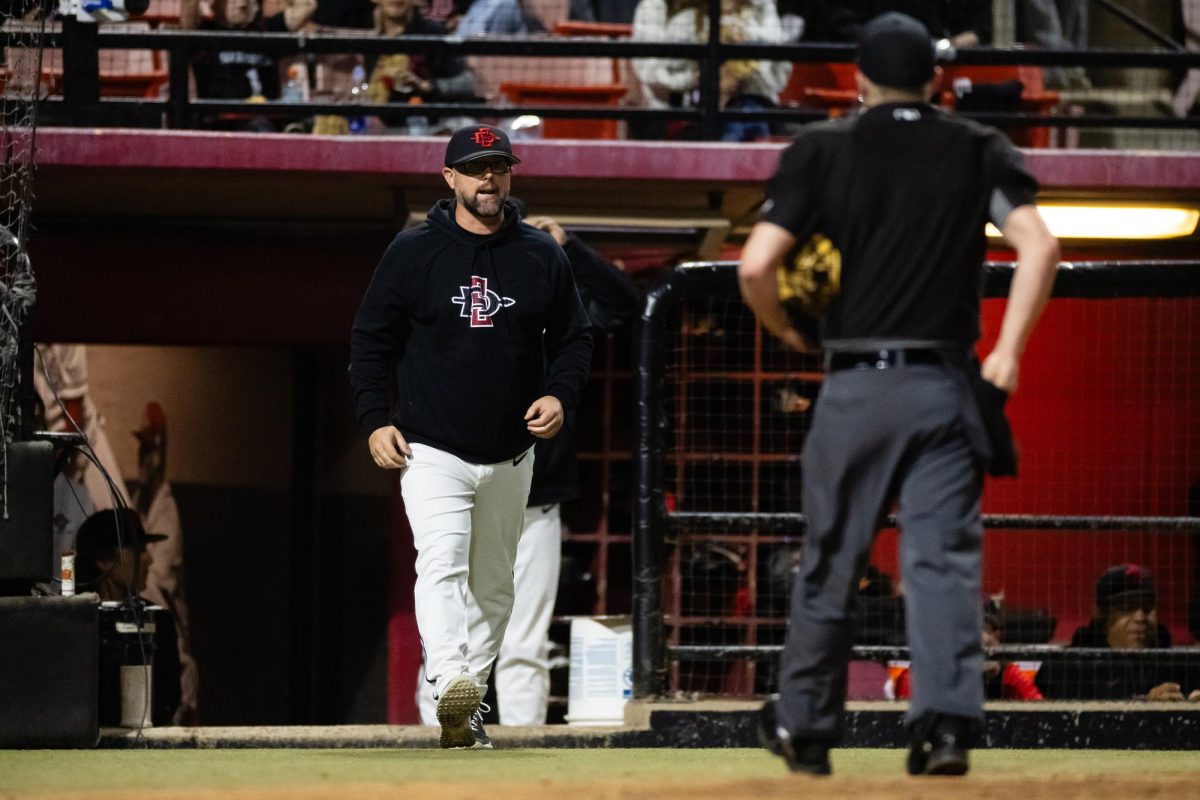
A report that says there were fewer concussions in the NFL this year looks like good news, but it isn’t. It’s a worthless stat. The problem is that it relies too much on a player self-reporting symptoms and a team doctor concurring. That’s sad because the stakes of getting it wrong are too high. Too many former players have disabilities because teams were allowed to hide injuries. We must improve concussion protocol by getting rid of its loopholes.
In late January, Cincinnati Bengals wide receiver A.J. Green told radio host Dan Patrick that it’s easy to skirt concussion protocol. Players are hiding the symptoms from trainers. Sure, trainers get the final say, but they are compromised by being on the same payroll as the players and coaches. The trainer is helpless when caught between the ire of an angry coach, a worried owner and a player who doesn’t understand long-term consequences.
NFL teams have a long, sordid history of neglecting safety.
During the same week that Green opened up, HBO’s “Real Sports” aired a feature on the 1985 Chicago Bears. Thirty years later, the surviving Bears are in trouble. One by one, the defanged monsters of the midway said they were done in by being allowed to abuse pain killers. The team’s quarterback, Jim McMahon, admitted to taking a least a hundred pills each month, and he now suspects that he has dementia. Meanwhile, an offensive lineman not only played on a broken leg, but management hid the injury from him. William “The Fridge” Perry can’t walk without assistance. Former defensive back Dave Duerson is one of the few former NFL players who allegedly killed themselves due to brain injury. Bears leadership traded player safety for a single Super Bowl championship. Think about that for a second. We aren’t talking about a soldier risking his or her life to keep ISIS from beheading hostages. We are talking about winning a game.
Let’s look at how the NCAA handles concussions. Like a team facing fourth and long, it punts. The NCAA permits each university to devise its own concussion protocol. To my knowledge, no university uses an independent physician. In fact, the NCAA’s concussion guidelines states that “team doctors” and “team trainers” are the most important components to any protocol.
The legacy of the ’85 Bears underscores why that’s the wrong approach. Some universities will be conscientious, to be sure, but most won’t resist the temptation to field championship-level teams.
It’s happening right now. When most of the U.S. was shoveling snow, the so-called Power 5 banded together to shovel — well, let’s just say the room probably didn’t smell sweetly. USA TODAY columnist Steve Berkowitz reported that the Southeastern Conference drafted legislation giving its coaches final say on injuries. Reread that last sentence. Would the SEC pursue lunacy if its coaches weren’t demanding it? Pair that questions with this: Why would a coach with insufficient medical training think that he or she is an authority?
It’s one thing for the NFL to disregard safety. It’s another for the NCAA. Fully grown adults play in the former, someone’s child plays in the latter. When a recruiter pays a visit, he or she is persuading the parent just as much as the teenager.
This is why concussion decisions need to reside with an independent physician. It must work like this: Doctors are assigned to teams, paid by the NCAA and their decisions subjected to peer-review. If the NCAA doesn’t want to cough up its burgeoning profits to do what it’s chartered to do, then they need to leave the game.






